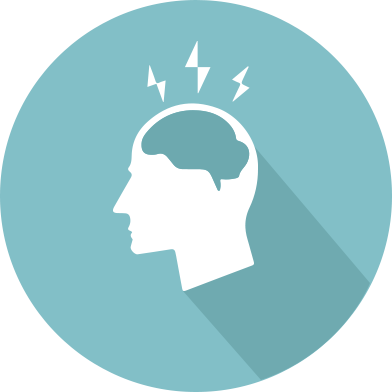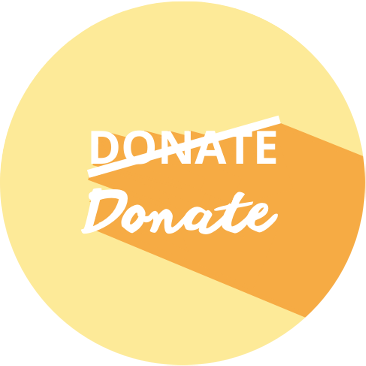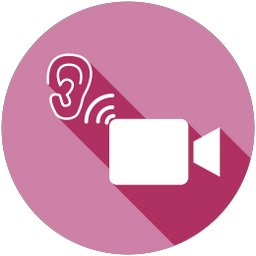Did you know that the font you use can have a huge impact on how people perceive your brand? It's true!
In today’s competitive world of branding and marketing, brands are always on the lookout for new and innovative ways to connect with their audience. Believe it or not, one strategy that has emerged as particularly effective is typeface design. That’s right, fonts can be a powerful tool in promoting a cause and building a brand’s reputation.
In this blog post, we'll dive into the science behind the use of handwritten typefaces, and how it can create a sense of interpersonal connectedness that leads to charitable behavior. We'll also provide practical tips on how to choose the right typeface for your brand and more. Whether you're a non-profit organization or a luxury brand, this post will show you how to leverage the power of fonts to create a stronger and more effective marketing campaign. So, are you curious to learn more about how the right font can make a big difference?
Posted in Archive, Advertising
published on Tuesday, 18 April 2023
What brand do you think of when you hear ‘George Clooney’? And ‘Michael Jordan’?
Exactly, Nespresso and Nike! These are both brands that have successfully implemented celebrity branding.
Many organizations use this type of advertising. But does every celebrity endorsement work for every product or brand?
You might have already guessed correctly: no. Well then, what makes it effective? Does the celebrity simply have to be attractive? Match the product? Have a good public image?
Over fifty years of research on celebrity endorsements has tried to explain this. Recently, two researchers proposed a framework that structures these theories. It explains which strategy is valuable for you, based on your product’s or brand’s value proposition. Curious? Let’s dive into it!
Posted in Archive, Strategy
published on Thursday, 27 August 2020
Social media usage is still rising. In addition to more and more users (321 million new users since 2019), the time spent has increased: we’re spending more than 40 percent of our waking hours online. As the public is online, so are your customers, and your business should as well.
Posted in Research, Archive
published on Wednesday, 22 July 2020
Did you know consumers spend $5.400 per year on average on impulse purchases of food, clothing, household items, and shoes?
That shouldn’t be quite a surprise. In one way or another, everyone has experienced a sudden, often powerful, and persistent urge to buy something immediately. In most cases, this regards something we hadn’t planned for.
It could be that one time you visited your local grocery store and realized there had been a huge discount on your favorite Italian rice. Or that time you walked into a high-end jewelry shop and suddenly purchased that sparkling golden Swedish watch on the shelf, regardless of the financial risks involved.
Now that was our impulse buying urge in full effect.
So how can we trigger these inherent impulse buying desires that consumers already have to stimulate impulse purchases?
Posted in Research, Archive
published on Wednesday, 08 July 2020

Ideas. They are the rocket fuel behind many of life’s best decisions. And some of the worst.
Whether you’re an entrepreneur in search of fruitful business avenues, a storyteller pondering on a thought-provoking new narrative, or just a tourist contemplating what new things to do for holiday. For many of these decisions, we tend to turn inside for answers. In a very real way, we’re internally brainstorming with ourselves, trying to wrap our hands around these pearls of wisdom we call ideas.
Initial ideas differ widely in their vividness and concreteness. We tend to love vivid ideas. The entrepreneur could suddenly connect the dots between a brand-new technology and a target market that has a need that just screams to be met. The writer can conjure entire plotlines out of thin air in a matter of seconds, beginning, middle and end. And the tourist may suddenly decide to go bungee jumping in the crater of a sleeping volcano – I know I did.
But do these sudden crystal-clear notions always provide the best path to go forward? You may be able to think of some of your own initially brilliant ideas that turned out to be lukewarm at best – I know I do.
And what about those other ideas that were not fully crystalized yet, causing you to throw them out of the window? Of course, the million-dollar question is: how many of those prematurely discarded ideas would have turned out to be brilliant?
Countless of studies have been done on how individuals evaluate the creativity of their final ideas. But the psychology behind how we evaluate and build upon the initial figments of those ideas during the creative process itself has rarely been studied.
Posted in Archive, Strategy
published on Tuesday, 23 June 2020





